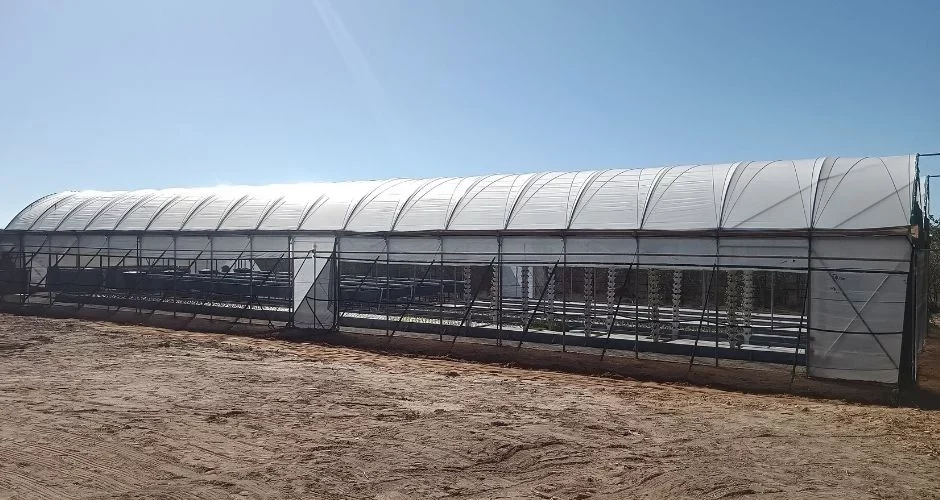Wicking Beds in Aquaponics
October 06, 2021
The humble Wicking Bed, a grow method that is often overlooked when it comes to designing an aquaponics system. This grow method allows you to broaden your horizon as an aquaponic farmer. Plus, it takes little effort to run and incorporate wicking beds into your aquaponics setup.
What is a Wicking Bed?
One of the many problems that aquaponic farmers face, is that their farms can only grow crops that bear their fruit above ground. What about potatoes? Onions? Beetroot? There’s a whole section of produce that is overlooked as an aquaponic system is not designed to grow these types of crops. So, what if we told you that there is a way to incorporate these crops into your system? A wicking bed is a grow method that is used by gardeners and aquaponic farmers alike to grow root-bearing crops below ground. Wicking beds can easily be used alongside other grow methods like DWCs and Media Beds to grow crops like potatoes and carrots.
How does a wicking bed work?
A wicking bed looks a bit like a media bed however, instead of the flood and drain process, the water is collected in a reservoir below. The wicking bed is then filled with soil, fertilizer or media of your choice as long as it can “wick” the moisture up from below. The nutrient-rich water from your fish tanks will be used to fill the water reservoir as needed. From there, the water is wicked up through the grow media into the root zone and therefore water is provided to the plants.
As you may have realized, this water cannot be returned to the fish tank like other grow methods. Therefore, we always recommend using this method in conjunction with other grow methods. This way, you won’t have to feel limited in your choice of crop and you could optimize your potential as a commercial farmer!

What can you grow in a wicking bed?
Any and all produce would do well in a wicking bed! However, when this grow method is used in aquaponics it is generally used for root crops that can’t be grown using the other grow methods available.
Common produce grown in wicking beds in aquaponics.
Carrots
Potatoes
Beetroot
Garlic
Radishes
Some problems you may face
Water is not held due to leaking.
Like with any aquaponics system, it’s important to test and troubleshoot for leaks in the system. If you have a leak in your wicking bed your water won’t be held and ultimately, your plants could die out due to the lack of water.
Seedlings Dying
Seedlings are still babies when you plant them into your system. So, we recommend ensuring the soil is thoroughly wet before planting. Moreover, you should water your seedlings from above as often as they need until they have an established root system that would be able to “wick” up the water from below.
Wrong Materials Used
Once again, like any part of an aquaponics system, you need to ensure that you are using the right materials. Make sure you aren’t using any material that might make your water more acidic or alkaline based. Also, ensure that you are using materials that will allow the water to be wicked up from the reservoir. If you want some more tips on how to build a wicking bed. We would be happy to help! Just book a consultation with us.
We love using this method in aquaponics. It just adds to the fun! If you want to learn more about designing an aquaponics system then check out our consultation page on our website to learn more about the possible journey we could take together.
Happy Farming!